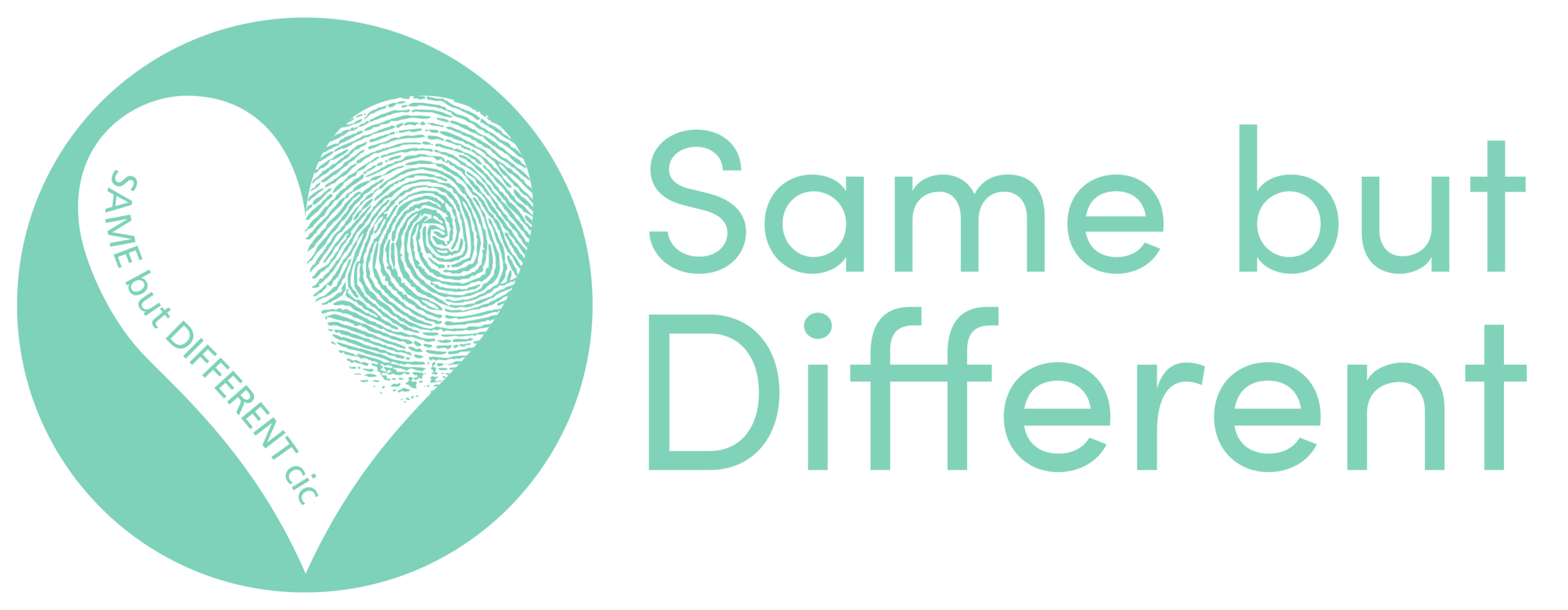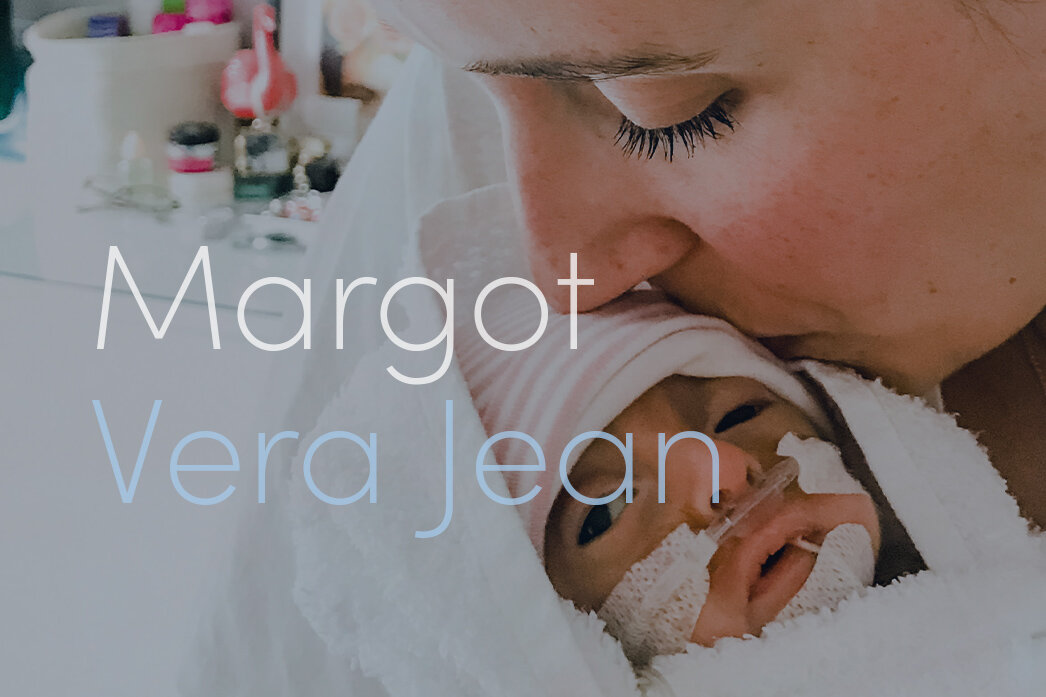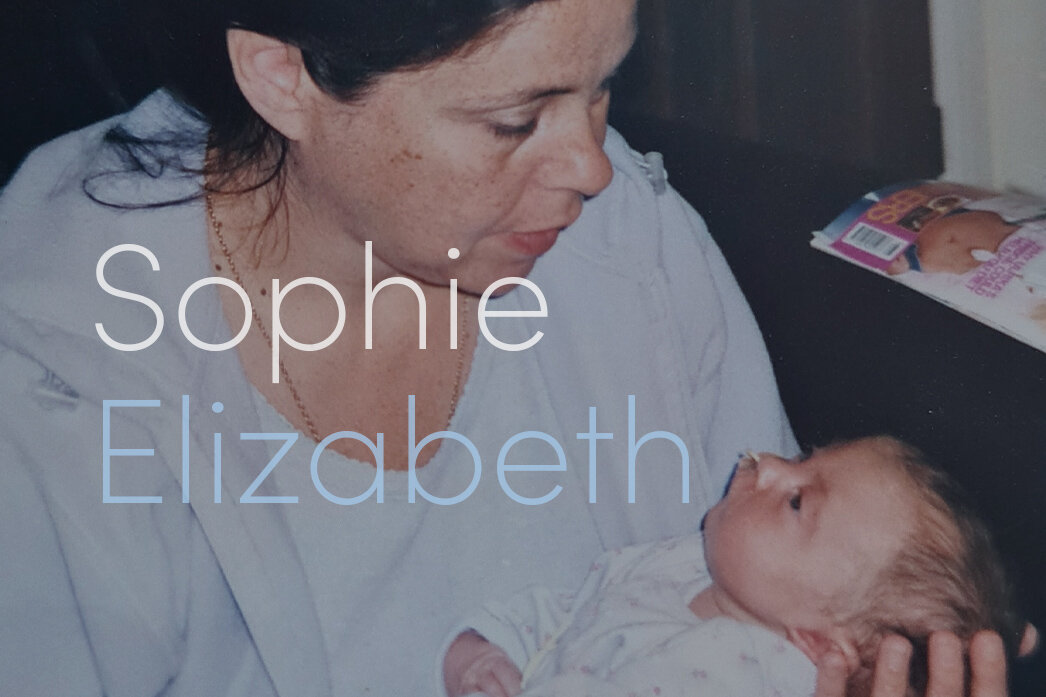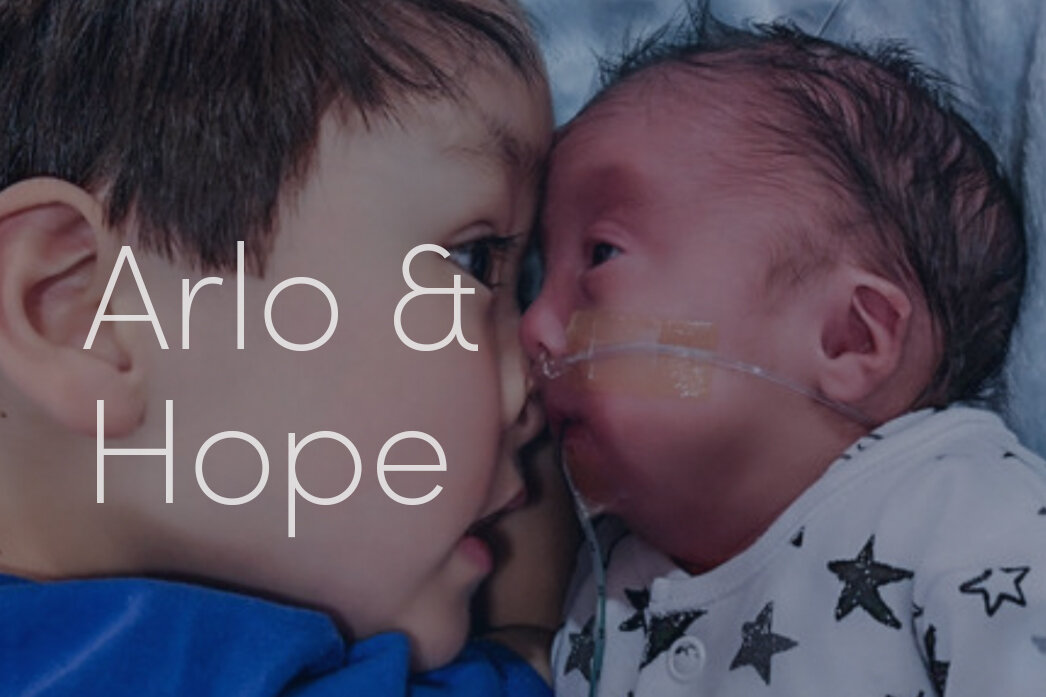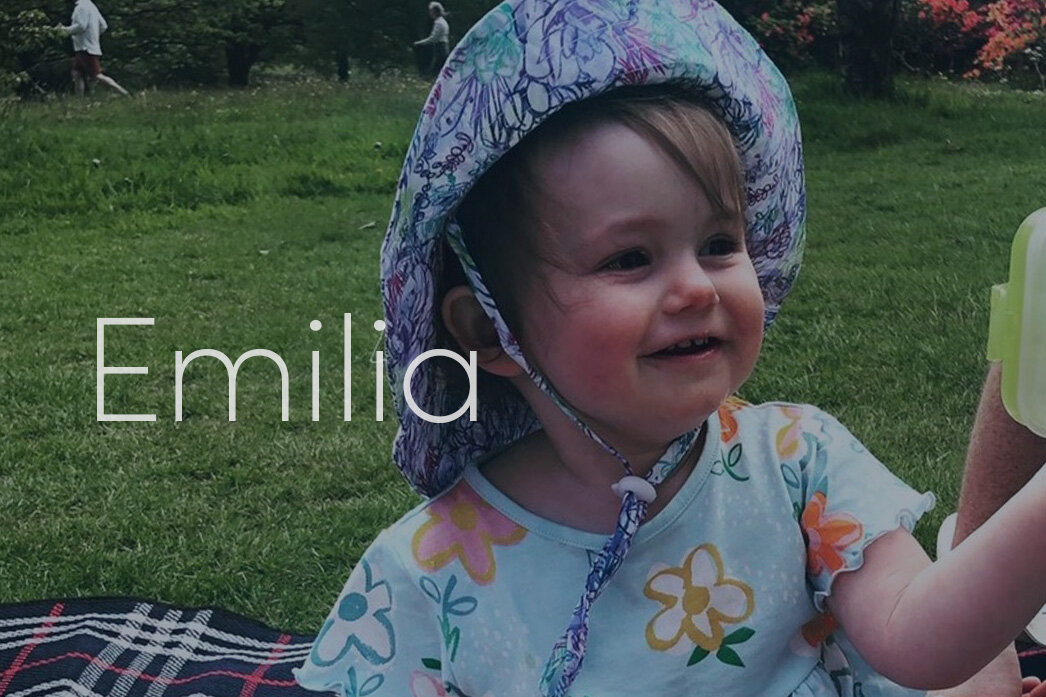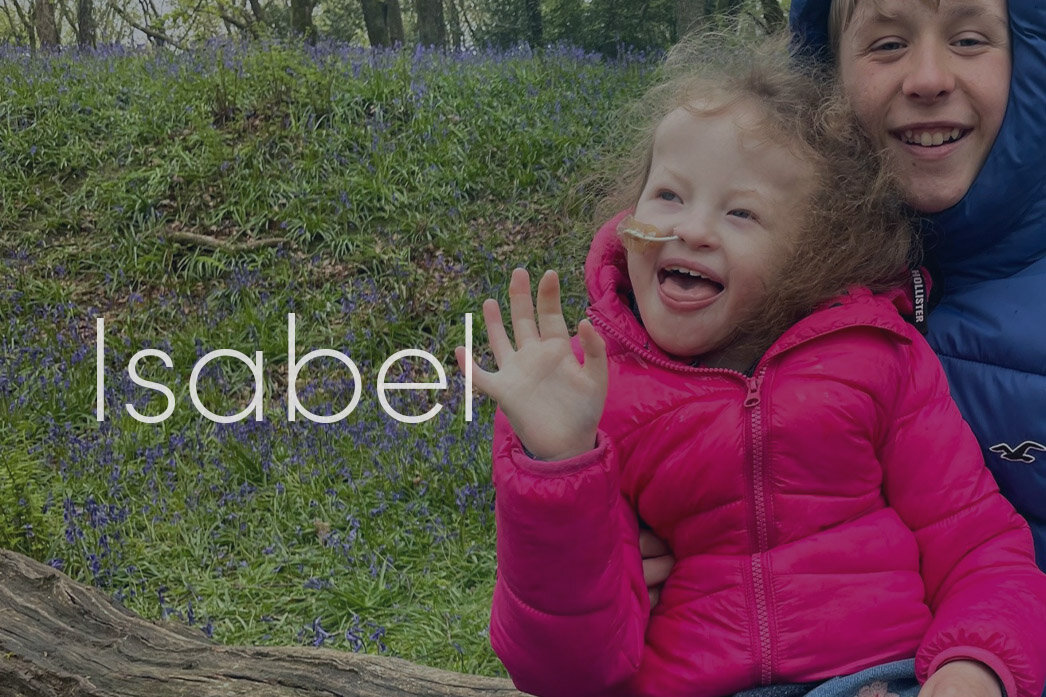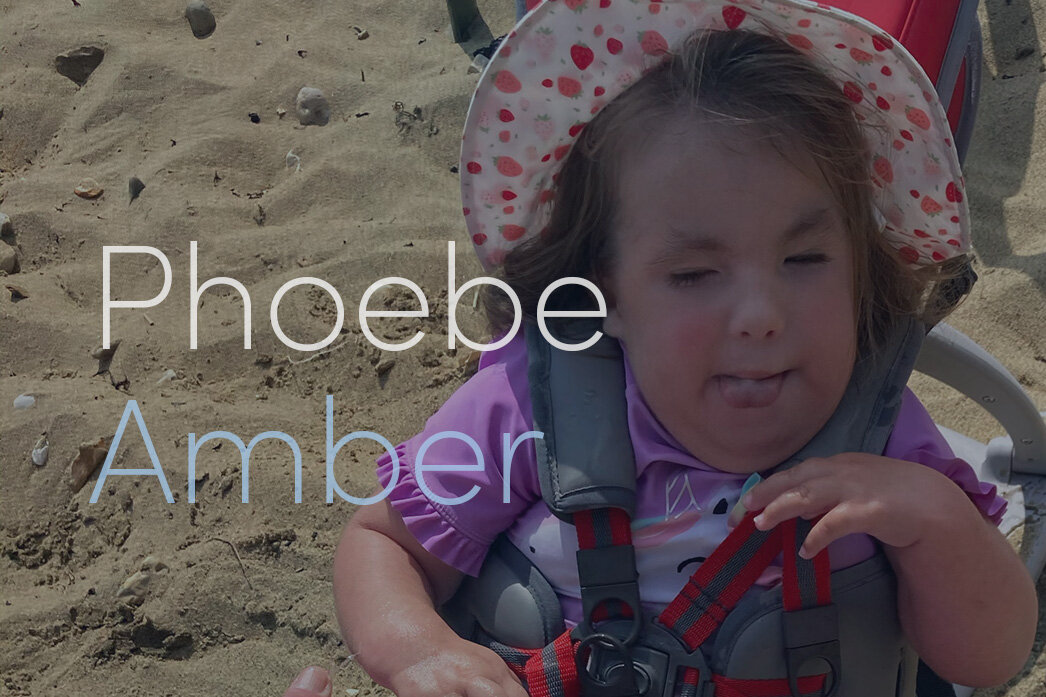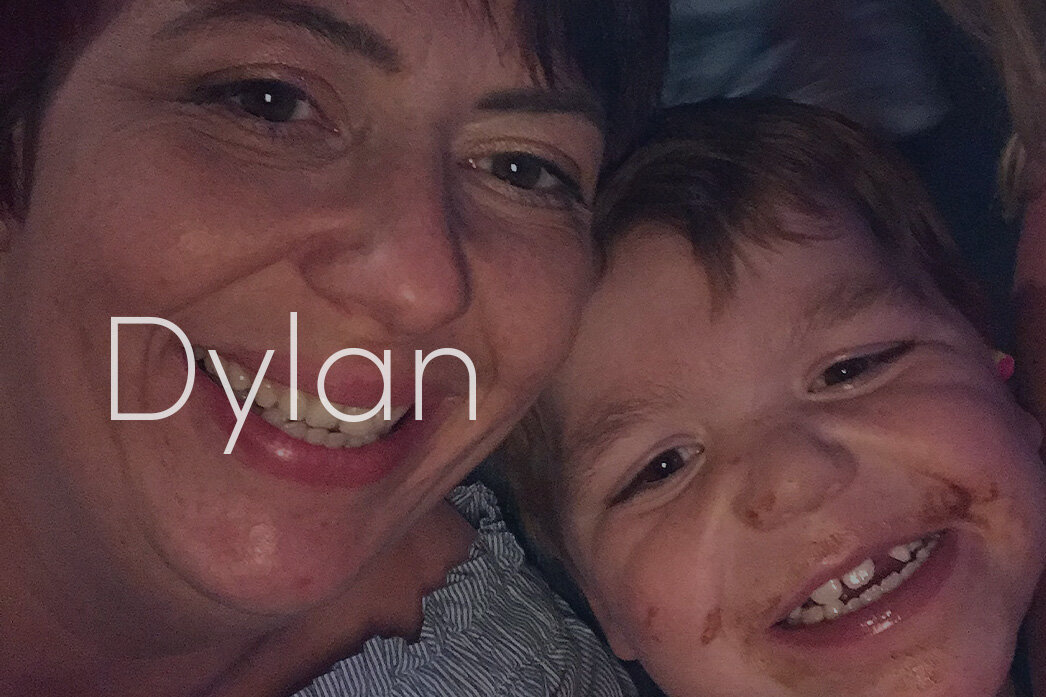Isabel is now 10. I didn’t realise she might have Trisomy when I was pregnant as everything seemed to be fine.
The only flag was high fluid volume and so at 34 weeks, I saw a consultant who thought she might have Oesophageal Atresia, where the oesophagus doesn’t join the stomach. My fluid levels continued to rise and so they admitted me to hospital at about 37 weeks. In that week I had lots of scans and screens and there was nothing at all to indicate Trisomy.
She was born really small and floppy and they quickly established that she had lots of phlegm around her mouth. They put her in an incubator and whisked her off to the neonatal unit; I literally saw this little girl whizz past me. They moved me out of recovery into a double room, with another mum and her baby, which was awful.
Later, because I’d had a C-section, there wasn’t enough space to get my bed into Isabel’s room, so they just parked me outside and I couldn’t even touch her.
They told us that she did have Oesophageal Atresia, which would mean moving her to Bristol for surgery and they weren’t sure if she might have a heart problem too. They didn’t suggest at this point that they were looking for Edwards’ Syndrome or a Trisomy and they kept asking what we had decided to call the baby. I only realized much later that they were worried she wasn’t going to live and needed her to have a name.
When she was 24 hours old, we were moved to Bristol. Two days later, we were called into the Parents’ Room and told that she had Trisomy 18, but incorrectly informed us at first that she had Patau Syndrome not Edwards’. They then asked us if we wanted to go ahead with surgery, which of course we did. Bill cried and I screamed, but we said: “Whatever life this little girl has got, we owe it to her to make the most of it”. It just felt like we were at the top of a cliff looking down at a deep pit below and we weren’t going anywhere other than over the edge. It was the most awful thing.
The next day, we met a really nice surgeon who was fabulous and very ‘no nonsense’ about it. She said that there is a really good success rate with surgery and there was no reason that shouldn’t also be the case for Isabel. She gave us that tiny bit of hope. For the first time we were doing something positive, and Isabel had the surgery at 5-days-old.
Surgery went well and Isabel was recovering in NICU, when the consultant requested a meeting.
He said that if anything happened to Isabel, it would not be appropriate to resuscitate her because of the Edwards’ Syndrome. I asked why and he said that because it is a life-limiting condition, she wouldn’t live very so long and so resuscitation was “not appropriate”. He’d brought the registrar in and, sensing all was not going well, she leant across to my husband, patted him on the hand and said: “What the doctor is trying to say is that if something happens to Isabel where she needs resuscitating, that’s Isabel’s way of telling us that she wants to die”. We were horrified.
We wrote a letter and gave it to the most senior person on the unit that night to say if anything happens and she’s not resuscitated, they need to know that’s strictly against our wishes as parents. In which case, we would be seeking every legal recourse that we can find because we did not agree to that course of action. So, from that point on, the consultant ignored us as much as he possibly could.
We made it back to Exeter when she was 2-weeks-old and recovering well.
The consultant from Bristol had written in his discharge letter that ‘Isabel has Trisomy 18, a lethal condition, but parents believe that she will do better than expected’. Anger is a really difficult emotion in terms of post-traumatic stress but anger is really good at galvanizing you into doing something and we were both so angry that we were determined we were not going to let the consultant’s words come true.
By 3 weeks, we were having a discharge planning meeting, talking about health visitors and the support team for going home. Isabel was starting to prove him wrong.
At the time, the SOFT website was all about bereavement and I didn’t feel I belonged there but I didn’t belong with the normal mums either. I didn’t feel that I belonged anywhere. I’d wake up thinking, ‘is she going to die today?’
She was born in November, and we were given a Christmas ornament with her name on. Someone believed that Isabel was going to be here at Christmas-time and that was so powerful.
For her birthday, I wanted to do something around 5th November. I didn’t want to watch other people’s fireworks, reflecting on what happened a year ago. So we settled on going away. Bill got off work an hour early and we drove to the hotel. We then heard that there had been a big fatal accident on the motorway. If he hadn’t got off work early, we would have probably been there at the moment it happened and that was like a massive, massive moment for me because I realized those people weren’t worrying about what was to come, so we need to live and if something bad happens, it’s not going to be better because we’ve been worrying about it.
We had to address the DNR situation quite a lot. Every time we went into hospital, someone on admission would go through their checklist and ask if she was for full resuscitation. So, after 4/5 years of this we wrote an official complaint to the hospital – it made us feel that they didn’t think our daughter’s life was worth saving.
We’ve had 3 near misses where what we did is part of the reason why Isabel’s still here.
One time, I just wasn’t happy with her breathing, so I woke my husband up and he sat cuddling her. Suddenly she stopped breathing. My husband was brilliant, he did CPR while I rang the ambulance. Another time, I’d driven her to hospital but she suddenly went downhill whilst we were in the waiting room. They got us straight through to A&E and the doctor was just amazing. Isabel was so poorly that ne needed to drill through her bone in the lower part of her leg. This is a well-known procedure of getting fluid into a child really quickly when you can’t get a vein, but quite shocking to see. The other time was when she went downhill really quickly and they had to intubate her and put her on a ventilator. They then transferred her up to intensive care in Cardiff. The registrar that night was really adamant she was not going to die on her watch. It went from ‘this child is going to die, to this child has beaten all the odds, she’s not going to die on my watch’.
We’re now facing different kinds of issues to the early days when we were so focused on health. It’s easy to miss out on the things that could improve education and training. Fortunately, Isabel’s special school has got a secondary provision for her to move to next year. Isabel is disabled but she’s making progress, partly because we’ve taken her to extra physio and pushed her to do as much as she can, but that’s not the approach anyone encourages you to do. The approach is often ‘this child has got posture problems, let’s work on getting the right wheelchair for them’, rather than ‘this child has posture problems, let’s work on how we can improve their ability to sit unsupported’.
I decided to write an article.
Partly to change things for other people because we were told it was impossible that Isabel was going to live and they didn’t tell us about any of the survivors. I made my own blog so that people could see her photographs. I also found a Facebook group called Trisomy 18 Parents and found that there was a girl in the UK who is now 29 along with a few other UK parents. We got together and one of the ladies created a UK Trisomy 18 and 13 Facebook group which has been a massive help. I also became a parent trustee for SOFT as it’s really important that we talk on behalf of our children.
Read the other Stories in the ‘You’re not Alone’ Exhibition
Gratefully supported by:
